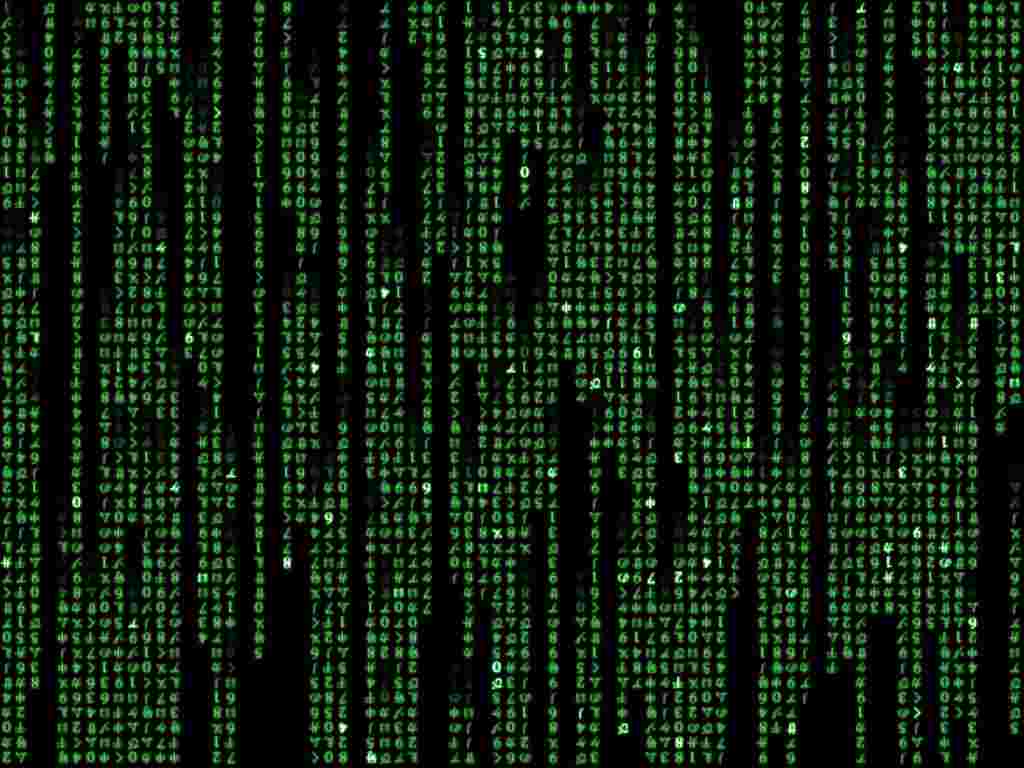In our last meeting, the PM elaborated on his list of grievances, and noted discontinuities in shadows, rounded/square corners, and color palettes for the aforementioned bars. So I spent this past week trying to revamp these elements. Initially I tried using an image manipulation program to modify the existing images, but found it EXTREMELY difficult to get the radial widths (despite knowing their values) of my rounded corners to match with those generated by the webpage's CSS. After a while I realized this approach was a dead-end and ditched it. My next (and only other obvious) avenue of attack was by manipulating the images/divs with HTML/CSS. As it turns out, this works really well.
 I ditched the actual image, instead compressing the containing div, and using a combination of padding and margins to keep things in their proper place. In the illustration, the blue area is the actual div that contains the area highlighted in yellow. Naurally, shrinking a div of this size down creates layout problems. I was able to overcome this by adding a small top margin and a giant bottom margin (margins are shown as the yellow area). This keeps elements in their proper place, while allowing me to use the encompassing div as a useful background for my nav and info bars. The rationale behind this whole song and dance is that I can't actually mess around with the html files, as they have to be the same for every theme. So I had to use CSS to mess around with existing divs.
I ditched the actual image, instead compressing the containing div, and using a combination of padding and margins to keep things in their proper place. In the illustration, the blue area is the actual div that contains the area highlighted in yellow. Naurally, shrinking a div of this size down creates layout problems. I was able to overcome this by adding a small top margin and a giant bottom margin (margins are shown as the yellow area). This keeps elements in their proper place, while allowing me to use the encompassing div as a useful background for my nav and info bars. The rationale behind this whole song and dance is that I can't actually mess around with the html files, as they have to be the same for every theme. So I had to use CSS to mess around with existing divs.I also found that I was able to make transparent gradients using the rgba() method. For example:
background-image: -moz-linear-gradient(100% 30% 90deg, rgba(239, 214, 120,.67), rgba(255, 255, 255,.67));the above two lines normally define a gradient, but by using the rgba method, I was able to set an alpha transparency, and make them transparent. Neat trick. The only caveat is that you have to convert color codes from Hex to Decimal.
background-image: -webkit-gradient(linear, 0% 0%, 0% 50%, from rgba(255, 255, 255,.67), to rgba(239, 214, 120,.67));
I present, the finished product:







